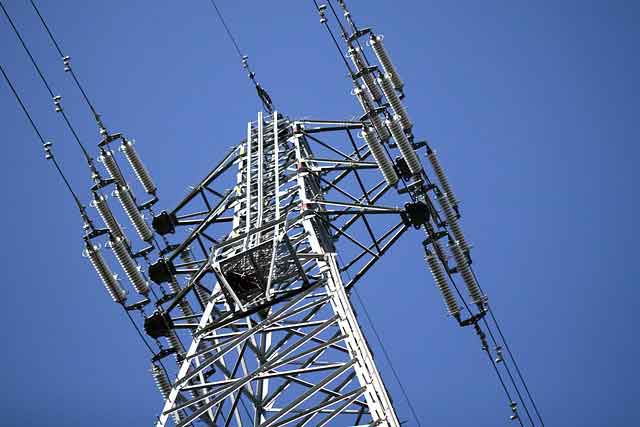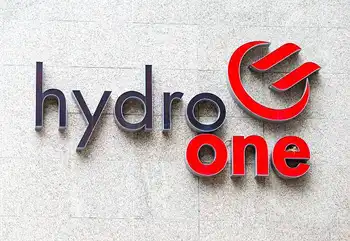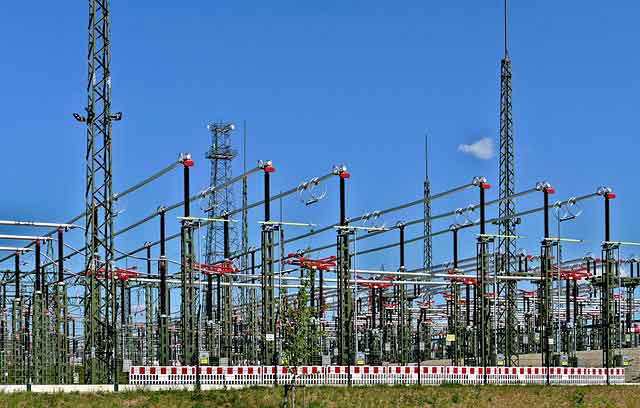Driving for 4 dollars a week
By Toronto Star
Arc Flash Training CSA Z462 - Electrical Safety Essentials
Our customized live online or in‑person group training can be delivered to your staff at your location.

- Live Online
- 6 hours Instructor-led
- Group Training Available
In the past, we complained but did nothing, preferring instead to condemn those evil oil companies and demand that the government keep gas prices artificially low.
This time it's different. The long-term trend toward high prices is clear. And the planned closure of a General Motors truck and SUV plant in Oshawa is a strong sign that the days of gas guzzlers are numbered.
I recently had the opportunity of test driving a vehicle that, in a variety of driving scenarios, uses considerably less gasoline than conventional cars. When booting around the city, it almost uses no gas at all. Instead, it relies mostly on electricity from the grid. Just plug into a wall socket overnight and you're ready to go in the morning.
Interested? You should be – it could be the kind of car sitting in your driveway 10 years, even five years, from now.
It's called a plug-in hybrid electric vehicle, or PHEV. The one I drove for six days was a 2004 Toyota Prius that had been retrofitted with a lithium-ion battery pack and a charging outlet on the back bumper.
Unlike a regular Prius, which has a smaller nickel-metal hydride battery that's recharged by the engine and by capturing braking energy, this Prius uses electricity from the grid to displace gasoline use.
Concord-based Hymotion did the retrofit, using batteries from Boston-area company A123 Systems, which is now Hymotion's parent company. It's the same battery technology being considered by General Motors for its Volt electric car, which is scheduled for commercial release in 2010, and a plug-in hybrid version of its Saturn Vue SUV.
For drives within the city, each trip ranging from 10 to 20 kilometres, I generally got fuel economy better than two litres per 100 kilometres. Sometimes it went much higher, and only once – during a long highway trip – was mileage more typical of a standard Prius.
Over the six days, I used 22.5 kilowatt-hours of electricity to keep the battery charged. Using Bullfrog Power, it cost me $3.83 for the power – with electricity, delivery, special charges and taxes all combined. With Bullfrog, when the car was in electric mode, it was truly emission-free.
"Downtown, these types of vehicles can make huge improvements," says Ricardo Bazzarella, founder of Hymotion. He says more people than ever are stopping him on the road and asking questions about the car. "People want to know more because gas prices have gotten so high and they're looking for alternatives."
I got stopped about four times, and found myself giving strangers 10-minute demonstrations while my kids sat patiently in the back seat.
Smog is another issue. The Ontario Medical Association recently announced that smog is responsible for an estimated 9,500 premature deaths in the province each year. Imagine if we all drove an emission-free electric car in downtown Toronto?
Hymotion/A123 is selling its plug-in retrofit kit for $10,000, aimed mostly at Prius drivers who need to replace their battery pack or are looking to push the fuel economy of their cars to the limit. The market is there. Toyota announced that Prius sales had surpassed one million since going on sale in the late 1990s.
Within the next few years, however, it's expected the major car manufacturers will have a number of their own plug-in models available for sale at prices affordable to the average driver.
Ric Fulop, an A123 co-founder and vice-president of business development, said they're not for people who generally drive more than 50 kilometres each day, at least not until the battery range improves – and they are improving. "But plug-in hybrids are very good for most commuters."
There are a few caveats. Like any vehicle, driving behaviour can dramatically affect performance. Aggressive drivers kick the car into gas mode more often, so get worse fuel economy. Same goes if you drive longer distances and on the highway. Efficiency also improves the more a person drives the vehicle, because they become more familiar with fuel-saving driving techniques. It should also be said that fuel economy, like most vehicles, is generally not as good in colder weather when you're cranking the heater and using defrost more often.
The Toronto Atmospheric Fund has observed all this first hand. The agency is overseeing a 10-car plug-in hybrid pilot project involving retrofitted cars from Toronto Hydro, the City of Toronto, York University, Bullfrog Power, Autoshare, Toronto & Region Conservation Authority and the ministries of environment and transportation.
Preliminary data from the first six months of the project – fall and winter months – haven't lived up to expectations. Average fuel economy for the test fleet has so far been 5.8 litres per 100 kilometre. Not bad, but nowhere near their potential.
Among the best performing is the city's car, which got average fuel economy of about 4 litres/100 km. The worst was Autoshare, at 7.8 litres/100 km. Autoshare's results make sense. More than 40 different people have been driving the car, and they tend to drive aggressively. This contrasts with the city's car, which is generally used by the same driver who has been trained to drive with discipline.
Bazzarella says U.S. jurisdictions have had much better results. Ben Marans of the Toronto Atmospheric Fund expects the project's second leg will produce better numbers. "Overall, we are seeing good results that are showing an improvement in fuel efficiency as we go," he says.
If you drive mostly in the city and rarely take the car on long highway drives, this type of vehicle is for you. After my own six-day experience, I'm sold.
If your commute is from Barrie to downtown Toronto every day, you'll still get decent mileage. But so will a typical subcompact car that's much cheaper to purchase.











